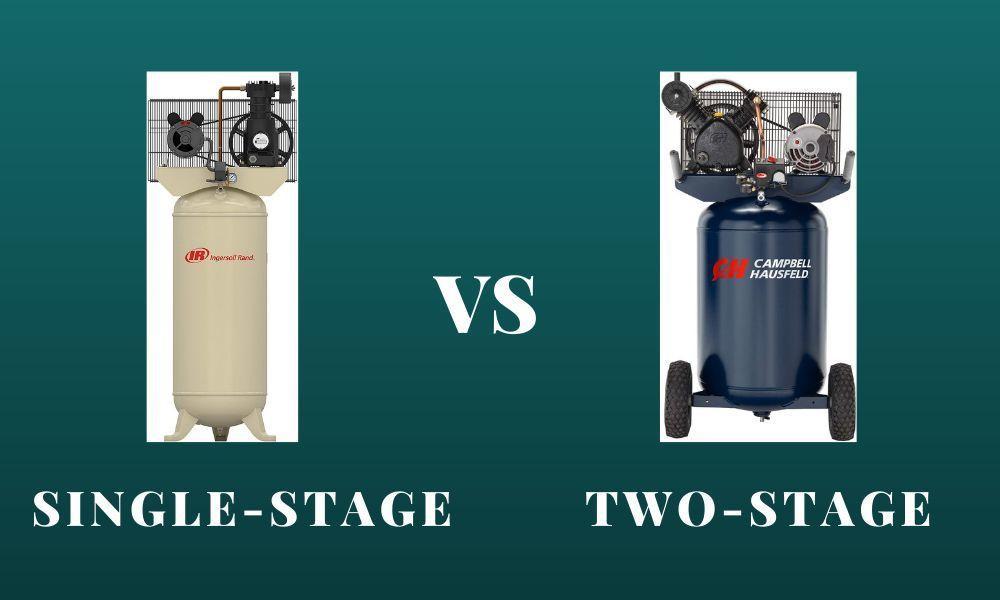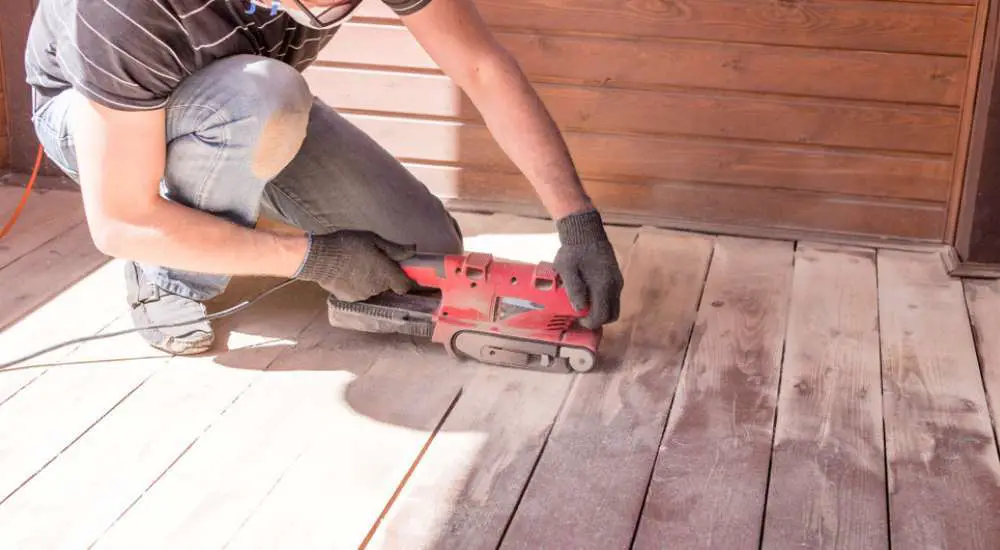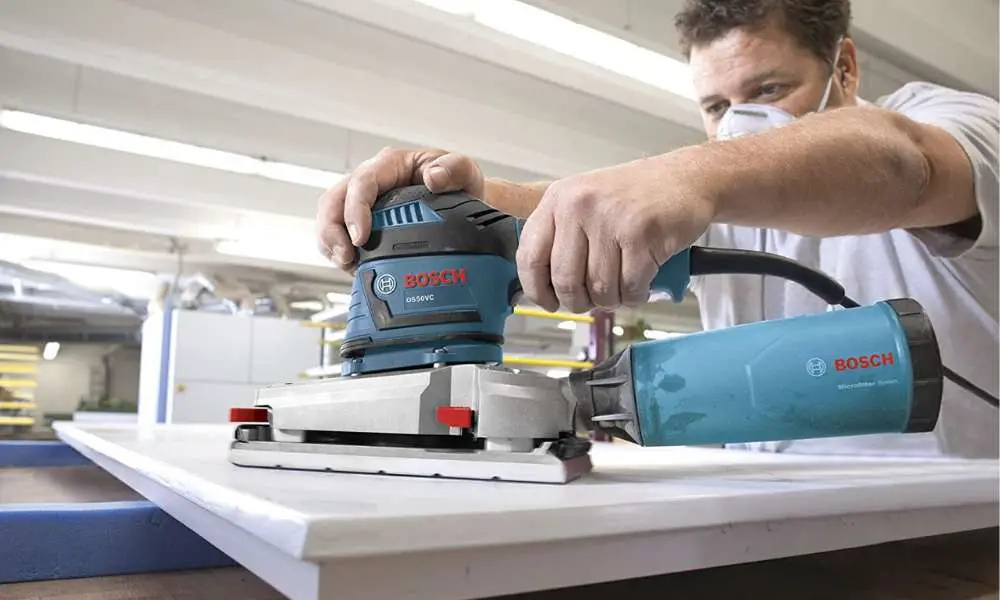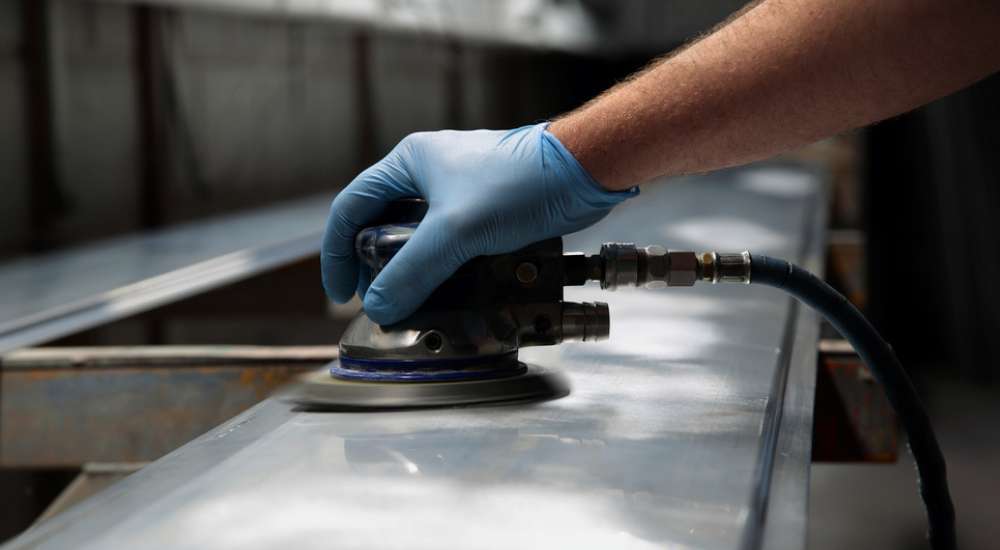
Why do I need an air Compressor? Which one is best for me? Do I have other options? Well, there is no doubt that an air compressor is one of the most useful tools in any workshop. It helps the technician to complete different tasks quickly and efficiently.
For a better part of my life, I have been using different brands and types of air compressors to facilitate my needs. When out to purchase your compressor, it is normal to ask around or even rely on pieces like these to get information on the best air compressors.
Some major factors to consider when buying an air compressor include the product’s horsepower, air pressure, tank sizes, duty cycle and its moisture problems. However, in my experience, I have learnt that considering whether an air compressor is a single-stage or two-stage is very important as well.
In fact, this article will lean towards explaining the difference between single-stage vs. two-stage air compressors. At the end, I will give advice on which one is the best for you.
Contents
What is the difference between Single Stage and Two Stage Air Compressors?
As its name suggests, an air compressor works by “compressing air” between the inlet valve and the tool nozzle. In that case, the main difference between a single-stage and a two-stage air compressor lies in the number of times that the air is compressed at the mentioned areas.
Single-stage air compressors, also known as piston compressors compress the air one time while a two-stage air compressor compresses the air two times. For a better understanding, let me analyze each type of air compressors independently.
Single-stage air compressor
When the air is sucked into a cylinder, the trapped air is compressed in one stroke with a piston operating at around 120 psi. After compressing, the air moves forward to a tank when it is stored in readiness for use. It is the compressed air that is used in the workshop to assort tools that the air compressor can accommodate comfortably.
Two-stage air compressor
Also known as dual-stage air compressor, the two-stage air compressor works in the same way as a single-stage air compressor only that it has a slight variation. For this compressor, when air is sucked into a cylinder and gets the first strong, the air is sent to a smaller piston where it receives the second stroke. The second stroke is delivered at approximately 175 psi. The double-pressurized air then cools for a while before being transported to a storage tank where it will be used for greater assignments.
The Number of Cylinders do not Represent the Number of Stages for You Air Compressor
I have come across plenty of beginners (both online and physically) who mistake the number of cylinders that an air compressor has for the number of stages. While this is an honest mistake, it is important to note that every air compressor has a pair of cylinders because it is easier to balance the tool that way. Even single-stage air compressors have two cylinders!
However, the best way to tell whether your air compressor is a single-stage or two-stage is by counting the number of air intakes. Additionally, you should check and observe the sizes of the cylinders of the air compressor. For a single-stage air compressor, both cylinders will have the same sizes with each having its own inlet valve.
On the other hand, a two-stage air compressor has two cylinders with a single inlet valve. Also, the cylinders are not of the same size with the smaller one being shorter than the first. A cooling tube links the two cylinders.
If you do not have time to observe these finer details, just look at the size of the air compressor as a whole. Smaller air compressors are usually one-staged because they handle lighter duties while larger and heavier air compressors are usually two-staged because they can handle heavy duties.
Which air compressor is the best for you?
Whether you choose a single-stage or two-stage air compressor depends on what you want to do with the air compressor in the first place. For instance, if you have a workshop that deals with wood, a single-stage compressor would be perfect for sawing, nailing, drilling and sanding. For metal work, a single-stage compressor can ratchet, rivet and grind perfectly.
Basically, unless you run a very big workshop, a single-stage air compressor should be perfect for your needs. If anything, two-stage air compressors are a bit costly. If you are on a budget, a single-stage compressor is your perfect option.
Which one is More Reliable?
When buying an air compressor, reliability is also a factor to consider. Again, these two types of air compressors work well in varying conditions. This means that the reliability of one product will depend highly on how you intend to use it.
For instance, if you are looking for something for intermittent use, a single-stage compressor is your perfect option. On the other hand, if you are looking for a compressor to help you with ongoing applications, a two-stage compressor is your Mr. reliable.
Single-stage compressors are perfect for handling tasks such as powering your garage tools or cooking equipment. Two-stage compressors are perfect for handling heavy factory applications.
Conclusion
The battle between single-stage and two-stage air compressors is very easy to settle- simply decide how you intend to use your compressor. The main difference between a single-stage and two-stage air compressors lies in the number of times that the air is pressurized. As their name suggests, a single-stage compressor compresses air once while a two-stage compressor compresses air twice.
This gives the former more power over the latter. You can also differentiate the two compressors by looking at the sizes of the cylinders. For single-stage compressors, the sizes of the cylinders are even while for two-stage compressors, the cylinders vary in size. A single-stage compressor should help you get around most of your projects. Two-stage compressors are mostly used in factories and are relatively more expensive.
If this piece has been informational to you, please leave a comment below and we will be sure to check it out.




Leave a Reply